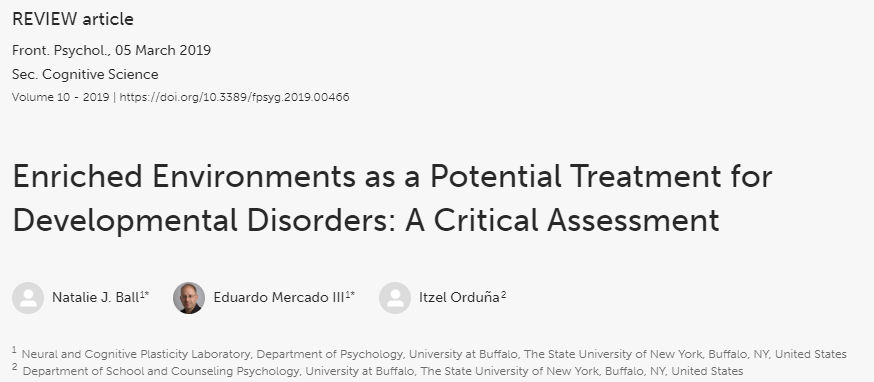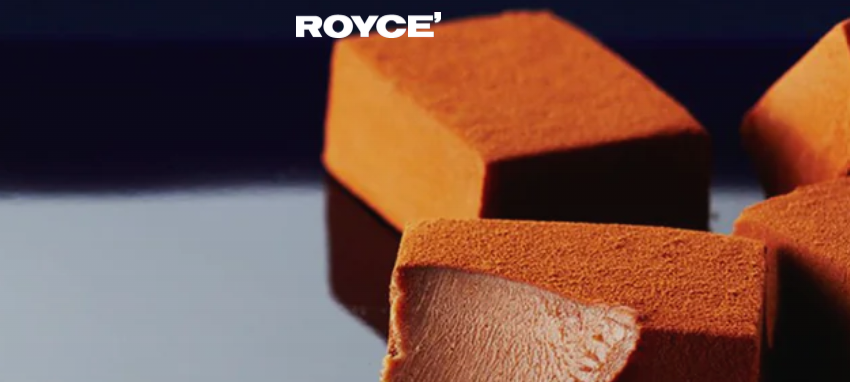MARCH 2024
Neuroscience in the Nursery
Times are anxious enough (geopolitical turmoil! inflation! El Nino-driven chocolate shortages!!) without having to stress about the environment you’re raising your child in. Sorry, but you do have to worry (a little) about that. Ironically, an environment with a little bit of stress is not the worst thing for your kid. Read on.
Today’s Topic: Creating the Right Environment for Your Child to Thrive
You don’t have to be a rocket– (or neuro-) scientist to realize that a child’s environment can significantly impact their cognitive, emotional, and physical well-being. It’s pretty well-known, for instance, that maternal use of drugs during pregnancy creates a very poor intrauterine environment for a child, creating a long list of potential adverse physical and cognitive impacts for a child. Most of us are also aware that childhood exposure to trauma or chronic stress can adversely affect brain structure and cognitive outcomes.
For this discussion, however, we want to focus on the positive actions a parent or caregiver can take to create an environment that allows their child to flourish.
In November 2023, the AAP released a new policy statement on noise, “Preventing Excessive Noise Exposure in Infants, Children, and Adolescents,” reflecting its long-held concerns about the negative – and often underappreciated – impacts of excess noise on children.
What’s an Enriched Environment?
An enriched environment (“EE”) refers to a setting that provides sensory, cognitive, and social stimulation and encourages exploration. EEs have been studied extensively in animals and associated with everything from improved brain function and structure to better memory and ability to learn and even, potentially, the ability to treat neurodevelopmental disorders. While the benefit of EEs for humans is a newer field of study, there is still plenty of support for the (probably obvious) advice that parents should be mindful of the environment their child is growing up in and proactively ensure that it supports their overall development.
For the smallest children, this shouldn’t be too tough a lift. After all, virtually everything babies encounter is new to them, an opportunity to explore. But parents can augment that exposure with varied experiences that also foster exploration, engaging their young ones’ senses, encouraging them to investigate new things, and providing social interactions – while also taking care to give them the support they need to feel safe in that exploration.
To be clear, safety doesn’t mean hovering over your child every second or jumping in the moment they get frustrated because, to get the benefits of environmental enrichment, a child needs to be challenged. In fact, research suggests that the positive stress or “eustress” that comes from a child being pushed on some dimension to try something new is an essential driver of their cognitive growth as well as the development of adaptive behavior, including the resilience to deal with or move past negative stressors.
For infants, eustress might come from facing the many manageable challenges that are part and parcel of their growing up, such as learning to grasp a spoon or meeting a new person. But, like so many things in parenting, there is a nature vs. nurture overlay that needs to be taken into consideration. Children come into the world with a range of genetically determined traits that govern how they react to the outside world – meaning what’s appropriately challenging for one child might be counterproductive for another. So, creating the right enriched environment for any particular child begins with a basic understanding of who they are.
Temperamental From the Start
There is compelling research that suggests that just as babies are born with genetic predispositions toward certain physical characteristics, they also come into the world with predispositions toward certain features of temperament: more tenacious or easily frustrated, sociable or shy, curious or cautious, for example. The heritability of personality traits is a complicated and still evolving area of study, not least because how those traits manifest and persist is strongly impacted by a child’s experience with the environment they’re raised in and how the genes that might drive a particular trait are switched on or off by that experience.
Of course, it’s not practicable or possible to figure out all your child’s innate characteristics. But in terms of helping them navigate the world, it’s useful to think about the big things, like where they sit on the spectrum between novelty-seeking and anxiety-prone. A child who is naturally novelty-seeking will readily embrace new experiences (at the extreme, dangerously so!). On the other hand, one with a predisposition towards anxiety might find the same amount of stimulation overwhelming (stressful, not eustressful!). A novelty-seeking child would thrive in a dynamic environment with frequent changes in toys and activities. At the same time, one who’s anxiety-prone might benefit from a more predictable routine with a more gradual introduction to new experiences and people. Trying to keep your child in that sweet spot between overstimulation and overly comfortable is not only a good general goal for them, but it also will help you check yourself from veering from encouraging to enabling. Doing too much for your child may feel right in the moment, but it does get in the way of their growth.
Creating An Enriched Environment for the Child You Have
So, how can you create an enriched environment attuned to your child’s needs?
- Observe their temperament: Notice their reactions to different stimuli. Are they enthralled by new toys or activities, or do they hesitate or seem overwhelmed? Are they relentless about succeeding at something new, or does even a little bit of frustration shut them down? A child with any of these characteristics might benefit from a little help from you. The child who just loves the new might need a little encouragement to fully explore one thing before hopping to another. The child who is unrelenting about mastery may not take well to the sometimes unavoidable interruptions that get in the way of his success. And the easily intimidated or frustrated might need a fair bit of encouragement to keep trying and praise when they do, even if they still can’t quite declare success.
- Start small and gradually introduce new experiences: Don’t bombard your child with stimulation. Begin with minor adjustments, observe their response, and calibrate from there.
- Focus on your “how”: It’s not just about the activity but also about how you engage with your child. Be patient, supportive, and just as appreciative of their trying again after failure as you are of their success.
- Embrace the mess, not the stress: Play-based learning often involves exploration and experimentation, which can get messy. Allow and embrace this aspect, even if there’s a little breakage in the process. Your emotions are a very meaningful part of your child’s environment, so keeping the negative ones in check when you’re around your child is one of the most important things you can do as a parent.
The Parenting Takeaway
Remember, an enriched environment isn’t a static space; it’s a dynamic process that evolves alongside your child’s changing needs and personality. By understanding their unique nature and incorporating stressful experiences, you can create a nurturing environment that promotes their cognitive development, the resilience that comes from learning to deal with challenges, and, ideally, a lifelong love for exploring and growing.
A Source for More: #1
There is a lot of hype around enrichment, some of it aimed at parents’ pocketbooks and proclaiming benefits that don’t exist – an unfortunate fact of life which we’re particularly attuned to given that we are ourselves offering a product that legitimately enriches a child’s environment. The following link provides a great overview of the good and bad of enrichment research.
A Source for More: #2
One more time, to further clarify the difference between hyped and real enrichment and educate parents and caregivers on what we believe is the growing public health crisis being created by white noise use, we would love to get more people to read our white paper on the research behind Smarter Sleep. Even if you don’t buy our product, there’s a lot in there about your child’s language development that you might want to know.
RAPTbaby Recommendation: Chocolate We Love
We started this newsletter worrying about chocolate shortages, so we might as well end it on a sweeter note – one of our favorites, Royce’ chocolates from Japan (who knew?).




